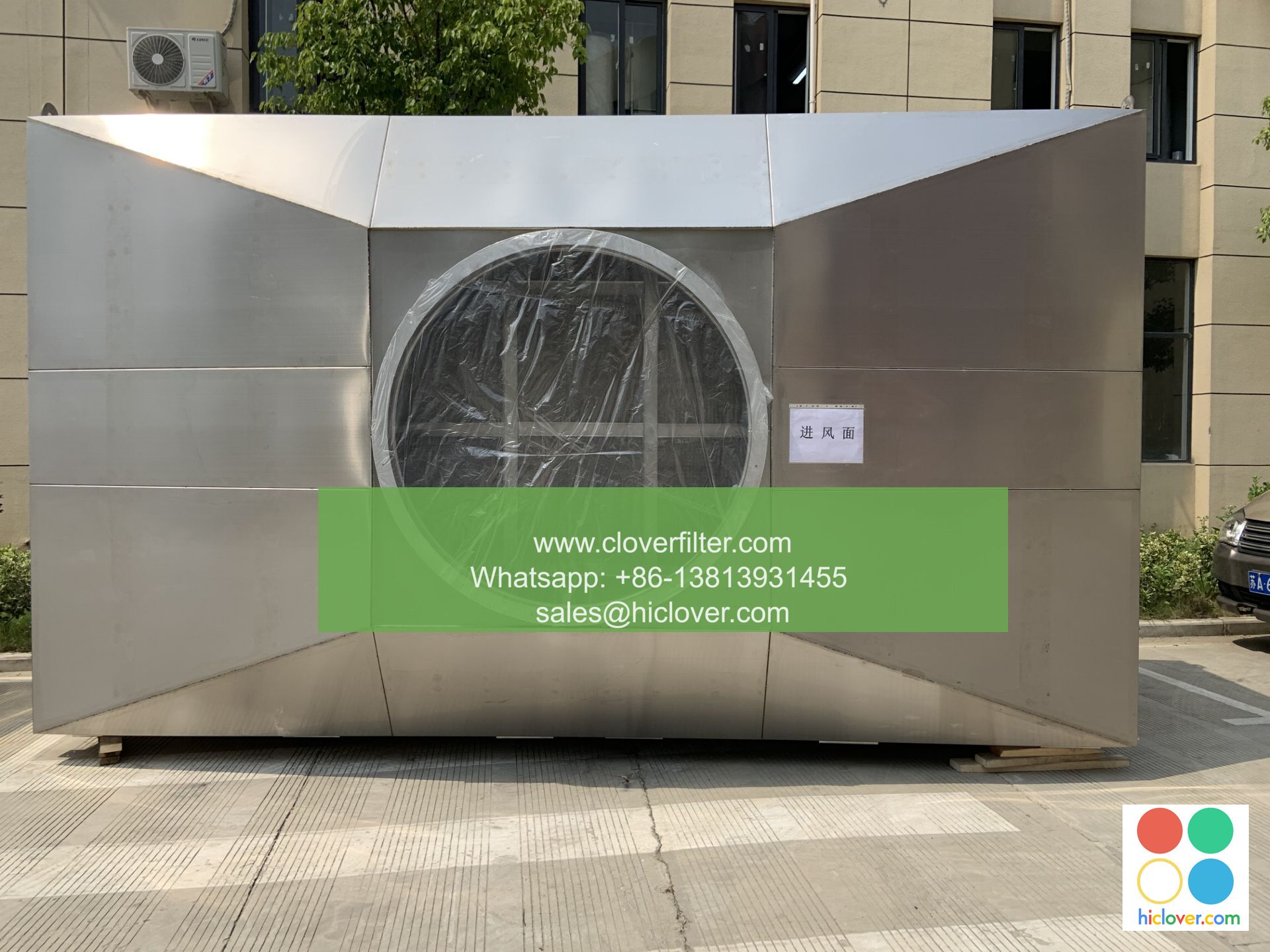Air Filter Standards for Pharmaceuticals and Biotechnology

The pharmaceutical and biotechnology industries require the highest level of cleanliness and quality control to ensure the production of safe and effective products. One critical aspect of achieving this level of quality is the use of air filters that meet strict standards. In this article, we will discuss the importance of air filter standards in the pharmaceutical and biotechnology industries, highlighting various application areas and key considerations for HEPA filter, ULPA filter, and pharmaceutical air purification systems.
Introduction to Air Filter Standards
Air filter standards are established to ensure that air filters used in pharmaceutical and biotechnology applications are capable of removing particles, microorganisms, and other contaminants from the air. These standards are typically set by regulatory agencies such as the International Organization for Standardization (ISO) and the United States Pharmacopeia (USP). The most common air filter standards for pharmaceutical and biotechnology applications include ISO 14644 and USP 797.
Application Areas for Air Filters in Pharmaceuticals and Biotechnology
Air filters are used in a variety of application areas in the pharmaceutical and biotechnology industries, including:
* Cleanrooms: Air filters are used to maintain a controlled environment in cleanrooms, where products are manufactured and packaged.
* Protein filtration: Air filters are used to remove particles and microorganisms from the air in protein filtration applications, such as bioreactors and fermenters.
* Vaccine production: Air filters are used to ensure the sterility and quality of vaccines during production and packaging.
* Cell therapy: Air filters are used to maintain a controlled environment in cell therapy applications, such as stem cell research and gene therapy.
Types of Air Filters Used in Pharmaceuticals and Biotechnology
Several types of air filters are used in pharmaceutical and biotechnology applications, including:
* HEPA filters: High Efficiency Particulate Air (HEPA) filters are designed to remove 99.97% of particles as small as 0.3 microns from the air.
* ULPA filters: Ultra Low Penetration Air (ULPA) filters are designed to remove 99.999% of particles as small as 0.12 microns from the air.
* Activated carbon filters: Activated carbon filters are used to remove gases and odors from the air.
Key Considerations for Air Filter Selection
When selecting air filters for pharmaceutical and biotechnology applications, several key considerations must be taken into account, including:
* Filter efficiency: The filter must be capable of removing the required level of particles and microorganisms! from the air.
* Filter size: The filter must be the correct size for the application to ensure proper airflow and filter performance.
* Filter material: The filter material must be compatible with the application and resistant to degradation.
* Validation and testing: The filter must be validated and tested to ensure it meets the required standards and regulations.
Conclusion
In conclusion, air filter standards are critical in the pharmaceutical and biotechnology industries to ensure the production of safe and effective products. By understanding the various application areas and key considerations for air filter selection, manufacturers can choose the right air filters to meet their specific needs. Whether it’s HEPA filter, ULPA filter, or pharmaceutical air purification systems, the use of high-quality air filters is essential for maintaining a controlled environment and ensuring the quality and sterility of products. It seems like you didn’t include a question or topic for me to address. Could you please provide more details or clarify what you would like to discuss?

